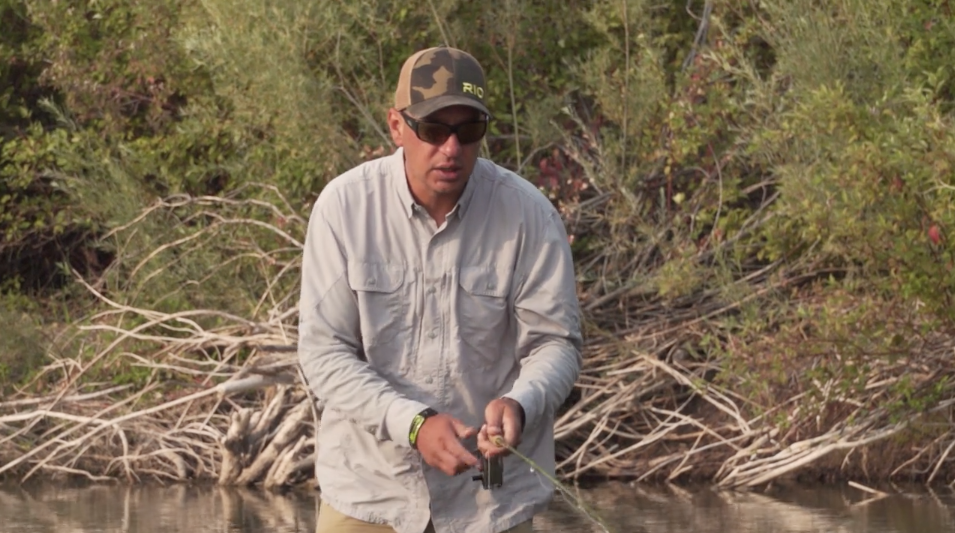‘Tis the season. Just ask the folks back East who are enjoying the sulfur hatch these days. Dry fly season is upon most us (those of us who are watching their rivers run over their banks here in the West are the notable exceptions).
And it never hurts to get a little refresher when it comes to casting dry flies to rising trout. Below, my buddy Rob Parkins, a RIO ambassador and the Idaho organizer with Backcountry Hunters and Anglers, demonstrates the basics when it comes to casting dries to trout.
Note how Rob approaches a fishy run from a downstream angle with a plan to get the longest drag-free drift possible—he casts upstream at a 45-degree angle and mends as the fly drifts naturally on the current. This approach allows fish to see only the fly, and not the fly line—lining trout is perhaps the most common error dry-fly anglers make.
Additionally, Rob takes care to avoid walking through fishy water, choosing instead to cover all the water. When you’re wading, you have the opportunity to really focus in on a run and fish every available inch of a pool, a riffle or a tail-out—something you may not be able to do from a boat.
Casting dry flies is perhaps the most satisfying aspect of fly fishing—it’s a visual part of the craft that allows anglers to actually target specific trout. It’s certainly my favorite part of fly fishing. And I’m so glad it’s time to break out the dry-fly box.
Or it will be, anyway, once runoff ends.



